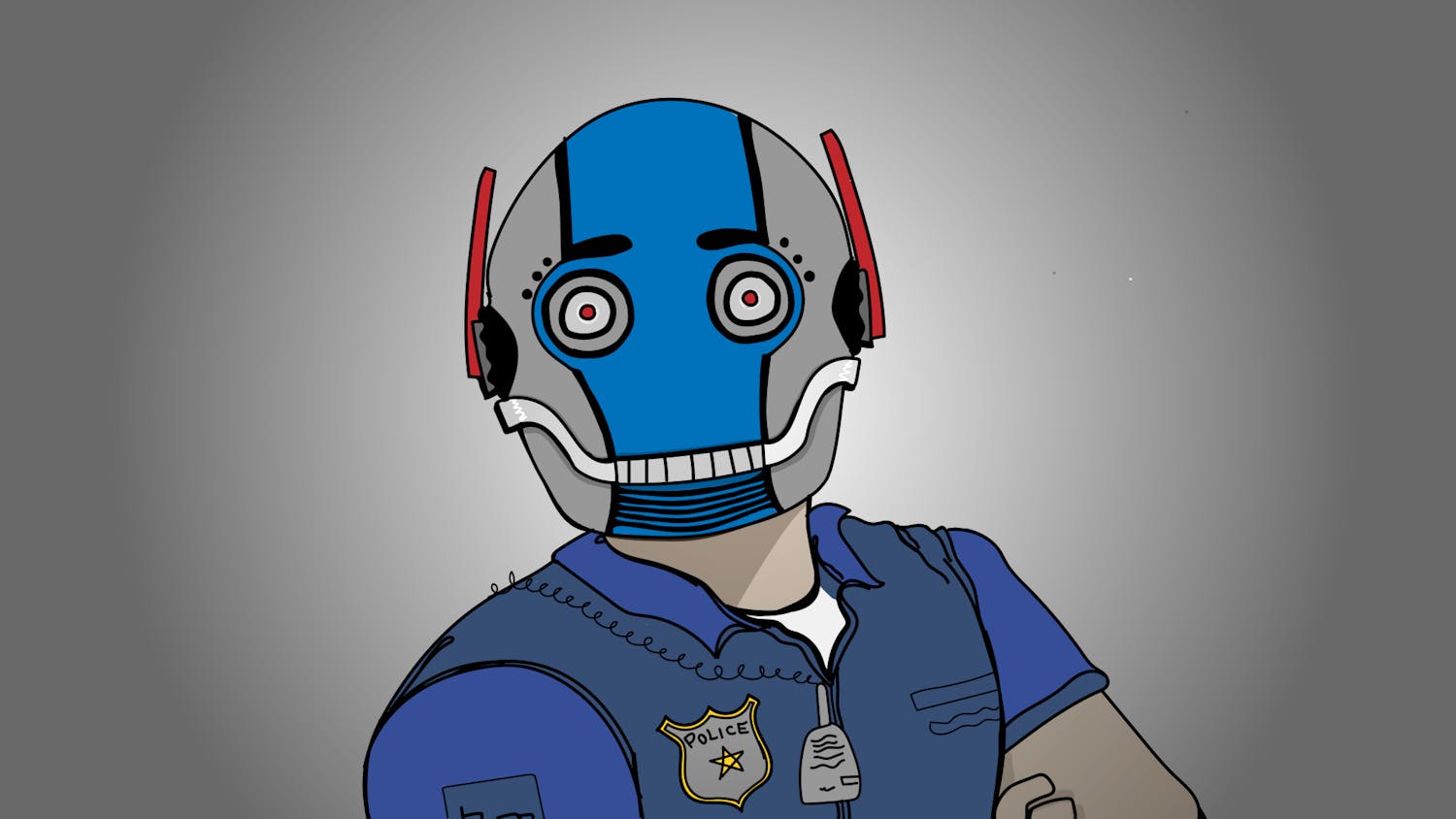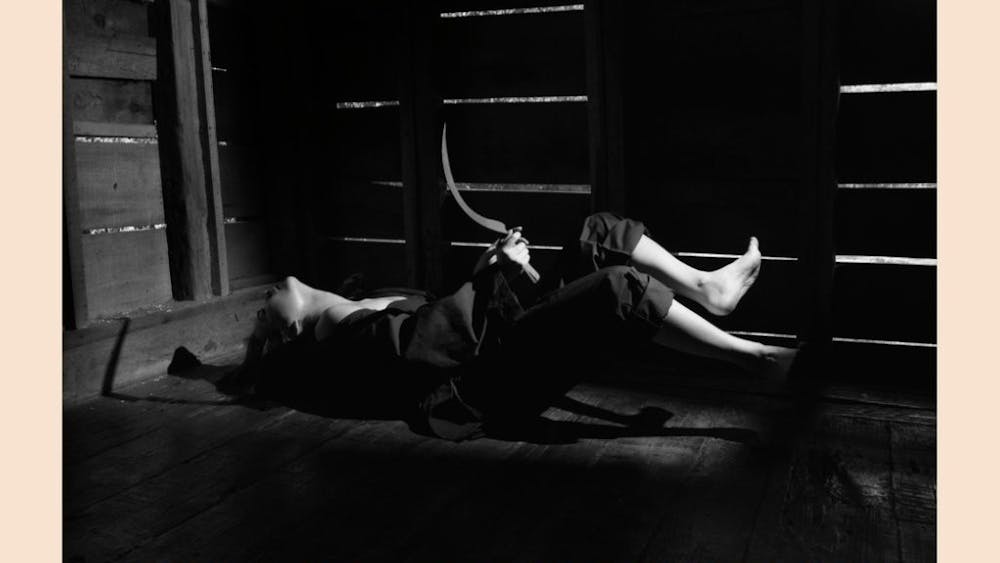This is probably bad for business, but events this week have moved me to offer up a bit of advice to government officials, executives, celebrities and anyone else who might find themselves on the receiving end of bad press: Roll with it. \nMake your counter-arguments, issue apologies, change your ways, do public relations damage control, whatever – just don’t try to stonewall the press. Because we’re living in a world of low-cost, lightning-fast, deeply interconnected media today, and all it takes is one tiny pebble of suppression to trigger a landslide of damaging publicity far worse than even if you had not responded. I offer up two recent cases:\nThe first, and already most notorious, is the Federal Emergency Management Agency’s attempt to stage a phony press conference. Last Tuesday, FEMA deputy administrator Adm. Harvey E. Johnson held a televised press briefing to tout the agency’s progress in fighting the wildfires raging across California. Well and good. But unfortunately for FEMA, Al Kamen’s Friday Washington Post column exposed the fact that “the press” questioning Johnson appears to have been made up of FEMA’s deputy director of external affairs, deputy director of public affairs, director of external affairs and an agency press aide – who asked challenging questions like “Are you happy with FEMA’s response so far?” Reporters not on the federal payroll were notified of the briefing a mere 15 minutes before it occurred, and were only allowed to listen in on a telephone line, not ask questions. Secretary of Homeland Security Michael Chertoff has gone on record as saying that heads will roll over this incident – but, of course, the damage is already done. Incredible as it seems FEMA (and the current executive branch) has managed to look even more like a pack of monkeys.\nBut, in terms of needless self-injury, the John Edwards presidential campaign actually managed to top FEMA. On Friday, associate professor C.A. Tuggle of the University of North Carolina announced to the press that the Edwards campaign had attempted to snuff out a mildly-critical story done by UNC’s student television station. In the segment, the reporter interviewed a columnist from UNC’s student newspaper who criticized the Edwards camp for placing its headquarters in a ritzy Chapel Hill shopping center, as well as an Edwards campaign worker who justified the decision. No big deal, right? But the campaign staff, who assumed they were getting a simple puff piece, were so incensed by the clip after it was uploaded on YouTube, they threatened to block all UNC student reporters and groups from future access to Edwards if the story wasn’t buried. The result? You’re now reading about the story here – as are the readers of the New York Times, Washington Post, the Associated Press, etc.\nSo, in short, the lesson is simple: There are plenty of things you can do to try to manipulate the press (and the IU Journalism School’s public relations courses will teach you how), but snuff it out? You’d have better luck with those wildfires.
Damage control
Get stories like this in your inbox
Subscribe





